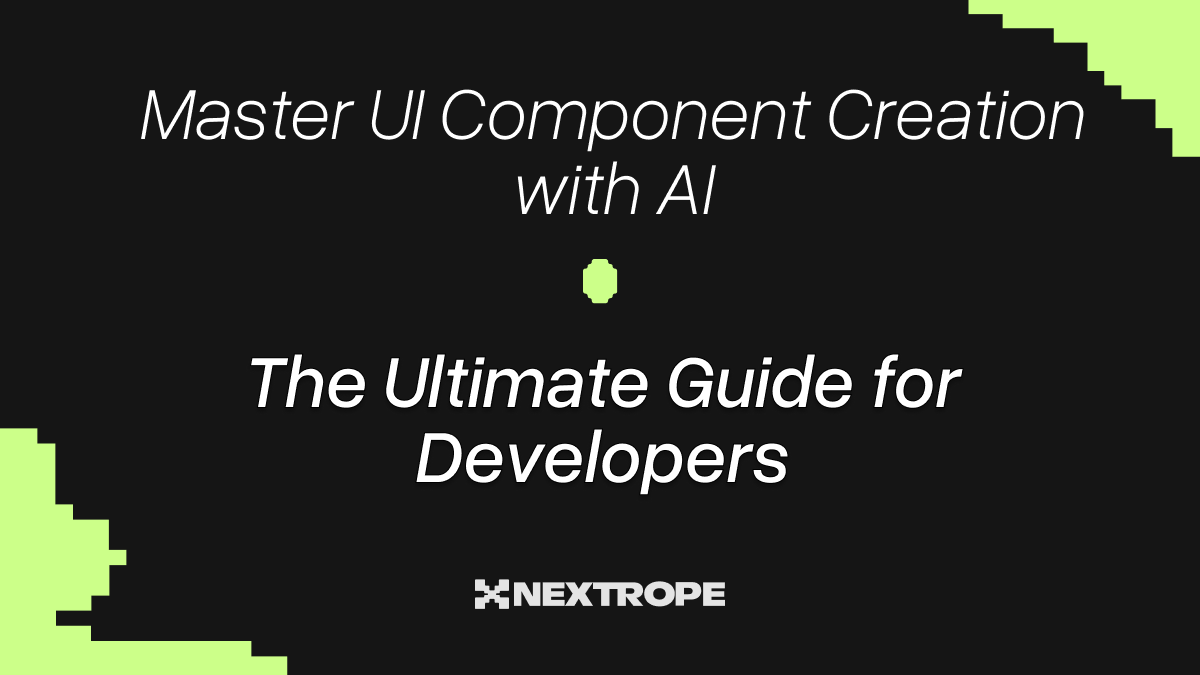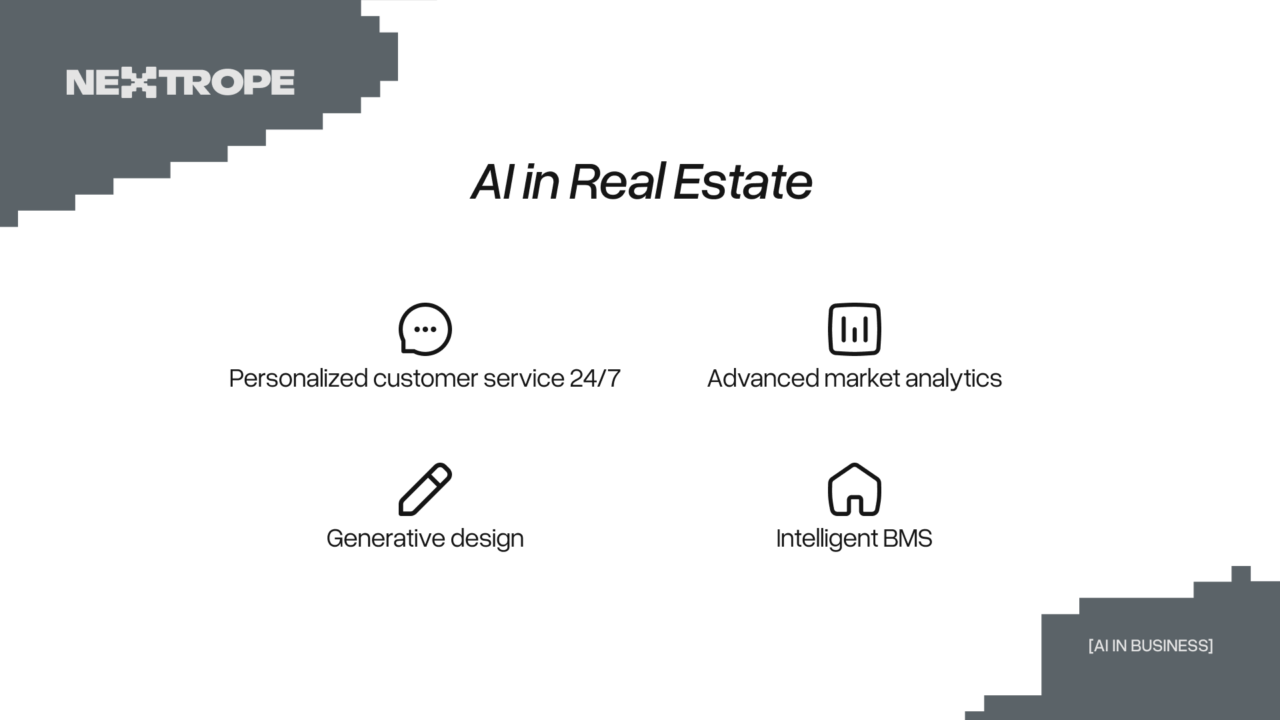You have probably already heard about them - during last month NFTs were discussed all over the world. Entertainment industry seems to be their natural environment. Yet how can video games make use of NFT?
NFT stands for Non Fungible Tokens. But what does it mean? Among various blockchain token types we differentiate between fungible and non-fungible tokens.
Examples of the first kind are Bitcoin or Ether. Fungible means that a single token is indistinguishable from others in the same ecosystem. Just like in regular currency. Thanks to that they can be used for payment transactions. NFT’s non-fungibility means that each and every token in the system is unique. NFTs don’t have a standard value and often do not allow for an equal exchange (NFT for NFT). Each token represents unique information of ownership or identity.
In blockchain world, NFTs are cryptographic assets that represent an unique or rare digital or real item. Sounds familiar?
NFT in video games
Game industry is a powerful branch fueled by its consumer’s passion. When gamers launch their favorite title, they immerse themselves in a new, alternative world. A quick look on the most popular games of the last decade, like League of Legends, Fortnite or Counter Strike, is enough to see how modern gamers care about their characters, skins, and other items. They treat them as an extension of their creative self. What’s important: how much are they willing to pay for these.
The will to build a collection of unique items is nothing new. The video games showed us how far beyond the real world this phenomena can reach. But do the purchased items really become their property? Do these items differ somehow from the ones possessed by others, are they really rare? Often the answer is not so simple. During last few months, NFTs showed us that they may change that.

Did video games kickstart the NFT?
The first and most popular NFT standard is ERC-721. It’s first commercial use was a video game, CryptoKitties, that allows the players to buy, collect, and sell virtual kitties. Since the game’s debut in 2017, Dapper Labbs made over 40 million USD off of it.
It seems like collectible games are the perfect environment for NFT. They allow the players to buy unique items, and to keep full ownership of the purchased assets. That’s why we have seen a rapid growth of projects of such type during the last year.
The effect of NBA and aforementioned Dapper Labbs’ collaboration - NBA Top shot - is a great example. On this platform, basketball fans can buy and sell video clips - “moments” from last season’s games that are blockchain NFTs. CryptoSlam estimates that up to this date total value of all transactions at NBA Top shot reached over 370 millions USD.
Multiplayer games
NFT’s potential reaches far beyond only collectible games. Let’s take for example multiplayer games like aforementioned LOL or Fortnite. Possessed skins and champions are of great importance to the players. NFT allows the buyers to claim ownership over unique digital products. What if it was implemented for rare and difficult to obtain game items? What if also in these cases the players had ownership rights? The same could be applied for limited editions of character skins.
Potential use of NFT in video games:
- Championship cards and titles
- Limited items granted for participation in events.
- Game codes
- Rare weapon, items, or characters skins
- Commemorative recordings of the most interesting moments from e-Sport.
- Subscription tokens
Video games and tokens- summary
Last year’s experience show that even the biggest video games companies are not afraid to stray from the trail and introduce innovations. NFT can become one of them. Obviously a wider use is only a song of the future, but all signs point to it happening quicker that we may anticipate.
Do you want to know how NFT would work in your project? Consult our experts at Nextrope for free. Contact us at contact@nextrope.com.
 en
en  pl
pl 












